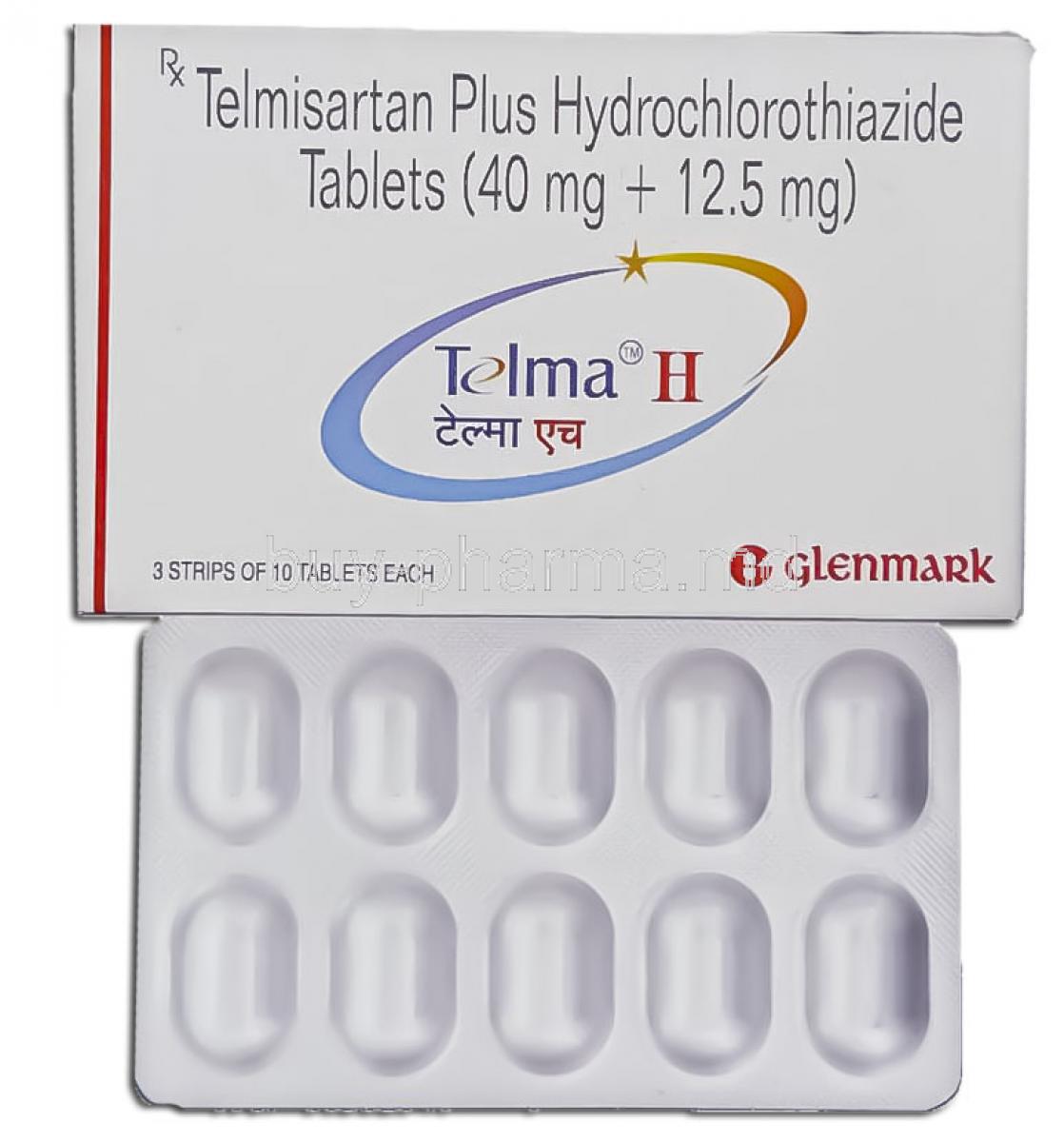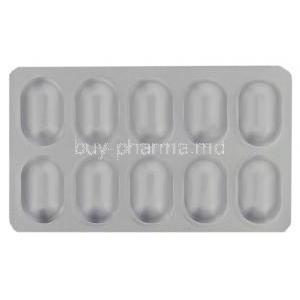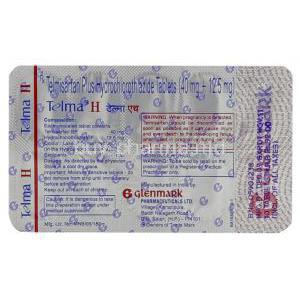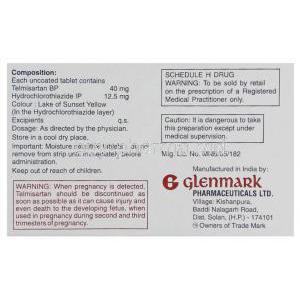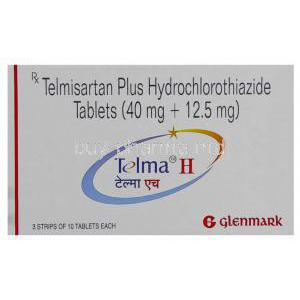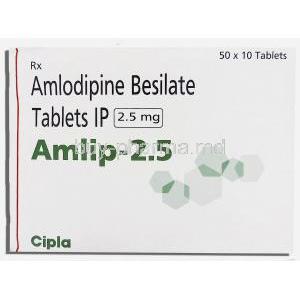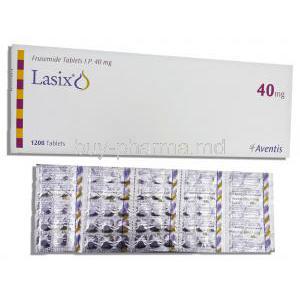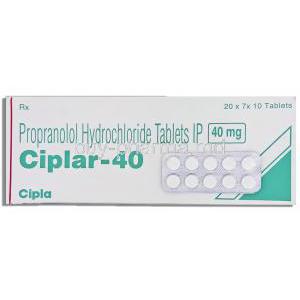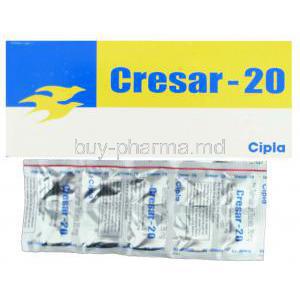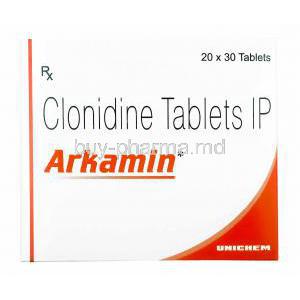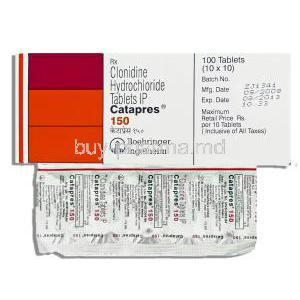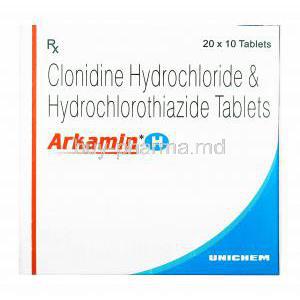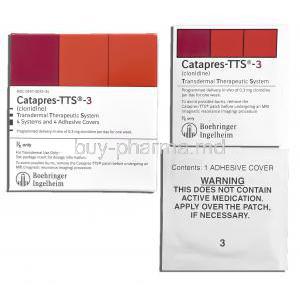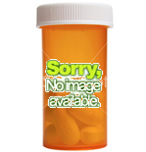Introduction
Overview of Telma H as a Combination Antihypertensive Medication
Telma H is a dual-component pharmaceutical designed for the effective control of elevated blood pressure. It merges the potency of an angiotensin II receptor blocker with a thiazide diuretic, offering a comprehensive approach to hypertension management. This formulation is particularly suited for patients requiring more than a single therapeutic agent to achieve stable blood pressure control.
Importance of Combination Therapy in Managing High Blood Pressure
Hypertension is a multifactorial disorder often resistant to monotherapy. Combination therapy addresses multiple mechanisms simultaneously, resulting in:
- Enhanced blood pressure reduction
- Reduced risk of cardiovascular complications
- Improved adherence due to simplified dosing regimens
Role of Telmisartan (Angiotensin II Receptor Blocker) and Hydrochlorothiazide (Thiazide Diuretic)
Telmisartan inhibits angiotensin II receptor activity, preventing vasoconstriction and lowering systemic vascular resistance. Hydrochlorothiazide promotes sodium and water excretion, decreasing plasma volume and subsequently reducing blood pressure. Their complementary mechanisms ensure balanced and sustained antihypertensive effects.
Composition and Formulation
Active Ingredients: Telmisartan and Hydrochlorothiazide
The primary active constituents are Telmisartan, an ARB, and Hydrochlorothiazide, a diuretic with proven efficacy in volume regulation.
Available Strengths and Dosage Forms
Telma H is generally available as oral tablets in varying strengths to accommodate different therapeutic requirements, such as Telmisartan 40 mg with Hydrochlorothiazide 12.5 mg.
Inactive Ingredients and Excipients
Pharmaceutical excipients including binders, fillers, and stabilizers support the integrity and bioavailability of the active components, ensuring consistent therapeutic effect.
Mechanism of Action: How Telma H Works
Telmisartan: Angiotensin II Receptor Blockade and Vasodilation
By antagonizing angiotensin II at the AT1 receptor site, telmisartan induces vasodilation and diminishes aldosterone secretion, resulting in lowered blood pressure.
Hydrochlorothiazide: Diuretic Action and Fluid Balance Regulation
Hydrochlorothiazide increases renal excretion of sodium and water, producing a mild but sustained diuretic effect, reducing preload and systemic vascular resistance.
Synergistic Effect of the Combination in Blood Pressure Reduction
The two agents complement each other. While telmisartan mitigates the activation of the renin–angiotensin system, hydrochlorothiazide counters fluid overload, enhancing overall blood pressure control.
Onset of Action and Duration of Therapeutic Effect
Clinical benefits are usually observable within hours of ingestion, with sustained efficacy lasting up to 24 hours, enabling once-daily dosing.
Approved Medical Uses
Primary Indication: Management of Essential Hypertension
Telma H is indicated for patients requiring multiple mechanisms of control to manage primary hypertension effectively.
Use in Patients Not Adequately Controlled with Monotherapy
For patients inadequately managed with either telmisartan or hydrochlorothiazide alone, Telma H provides synergistic benefit.
Prevention of Cardiovascular Events in High-Risk Patients
Its usage extends to patients at risk of cardiac events, reducing complications such as heart attack and stroke by maintaining controlled blood pressure levels.
Off-Label Uses and Emerging Applications
Role in Reducing Risk of Stroke and Myocardial Infarction
Studies indicate protective effects against vascular events, particularly in individuals with comorbid risk factors.
Use in Diabetic Nephropathy and Kidney Protection
Telma H may slow the progression of nephropathy by reducing intraglomerular pressure and proteinuria.
Potential Benefit in Heart Failure Patients
The combination offers adjunctive benefits in managing fluid overload and afterload in heart failure, though clinical application is carefully evaluated.
Other Investigational Therapeutic Areas
Research continues into its role in metabolic syndrome and microvascular protection, expanding the potential scope of use.
Dosage and Administration
Standard Dosage Recommendations for Adults
Typically administered once daily, dosage is adjusted to balance therapeutic efficacy with tolerability.
Dose Adjustments Based on Patient Response
Individualized titration ensures optimal blood pressure reduction without excessive side effects.
Timing of Administration and Relation to Meals
Tablets can be taken with or without food, providing flexibility in administration.
Titration Guidelines When Switching from Monotherapy
Patients transitioning from monotherapy may require gradual dose adjustments to mitigate abrupt blood pressure changes.
Missed Dose Instructions
If a dose is missed, it should be taken as soon as remembered, unless it is near the time of the next scheduled dose. Double dosing is discouraged.
Special Administration Guidelines
Administration to Elderly Patients: Dose Considerations and Monitoring
Elderly individuals may require lower initial doses due to altered pharmacokinetics and heightened sensitivity to hypotension.
Administration to Pregnant Women: Safety Concerns and Contraindications
Telma H is contraindicated during the second and third trimesters of pregnancy due to potential teratogenicity and adverse fetal outcomes.
Administration to Nursing Mothers: Excretion in Breast Milk and Risk Evaluation
Both components may pass into breast milk; hence, use during lactation is discouraged unless essential.
Administration to Children and Adolescents: Safety and Efficacy Data
Insufficient clinical data exists to recommend routine use in pediatric populations, making administration off-label and generally avoided.
Side Effects of Telma H
Overview of Frequency and Severity of Adverse Reactions
Adverse events range from mild and transient to clinically significant, depending on patient-specific factors.
Common Side Effects
- Dizziness and lightheadedness
- Fatigue and weakness
- Increased urination
- Electrolyte imbalances including hypokalemia and hyponatremia
Less Common but Clinically Significant Side Effects
- Muscle cramps and spasms
- Acute gout attacks from elevated uric acid
- Impaired kidney function with prolonged use
Serious Adverse Reactions
- Severe hypotension leading to syncope
- Angioedema and hypersensitivity manifestations
- Electrolyte disturbances precipitating arrhythmias
Contraindications
- Hypersensitivity to telmisartan, hydrochlorothiazide, or sulfonamide derivatives
- Anuria or advanced renal impairment
- Severe hepatic dysfunction or biliary obstruction
- Pregnancy during the second and third trimester
Warnings and Important Precautions
- Risk of excessive hypotension in patients with depleted intravascular volume
- Electrolyte and metabolic disturbances including hypokalemia, hyponatremia, and hyperuricemia
- Requirement for regular renal function monitoring during prolonged therapy
- Potential for photosensitivity reactions associated with hydrochlorothiazide
- Exercise caution in individuals with gout, hepatic impairment, or diabetes mellitus
Drug Interactions
Interactions with Other Antihypertensive Agents (Additive Effects)
When Telmisartan combined formulations are taken alongside other blood pressure-lowering medications, the effects may become additive. This can lead to exaggerated hypotension, presenting as dizziness, syncope, or fatigue. Close monitoring and gradual titration are advisable when used with agents such as ACE inhibitors, beta-blockers, or calcium channel blockers.
Risk with Potassium Supplements and Potassium-Sparing Diuretics
Telmisartan reduces aldosterone-mediated potassium excretion. When co-administered with potassium supplements or potassium-sparing diuretics (e.g., spironolactone, amiloride), there is an increased risk of hyperkalemia. Elevated potassium levels can provoke dangerous cardiac arrhythmias and neuromuscular disturbances.
Interaction with Lithium and Risk of Toxicity
Concurrent use with lithium salts may result in elevated serum lithium concentrations. This interaction increases the likelihood of neurotoxicity, manifesting as tremors, confusion, or ataxia. Regular monitoring of lithium levels is recommended when the combination cannot be avoided.
NSAIDs Reducing Antihypertensive Efficacy and Worsening Kidney Function
Nonsteroidal anti-inflammatory drugs, including ibuprofen and naproxen, may attenuate the antihypertensive effect of Telmisartan. Additionally, prolonged use of NSAIDs can compromise renal perfusion, especially in susceptible populations such as the elderly or those with pre-existing kidney disease. This combination should be used cautiously, with renal function monitored closely.
Alcohol and CNS Depressants Enhancing Hypotensive Effects
Alcohol, sedatives, and other central nervous system depressants may amplify blood pressure-lowering effects. Patients may experience pronounced dizziness, fainting spells, or impaired alertness, increasing the risk of falls and accidents.
CYP-Mediated Drug Interactions with Telmisartan
Although Telmisartan undergoes limited hepatic metabolism, drugs that modulate cytochrome P450 enzymes may influence its plasma concentration. Enzyme inducers such as rifampicin can reduce efficacy, while inhibitors like ketoconazole may enhance systemic exposure, necessitating dosage adjustment.
Careful Administration in Special Populations
Patients with Kidney Disease
Reduced renal clearance may amplify the diuretic effect of hydrochlorothiazide and increase susceptibility to electrolyte imbalance. Careful dose titration and frequent monitoring of serum creatinine, urea, and electrolytes are essential.
Patients with Hepatic Dysfunction
Telmisartan undergoes hepatic elimination, and impaired liver function may result in elevated drug levels. Patients with cholestasis or severe hepatic impairment should receive this medication with caution, and dose reductions may be required.
Patients with Cardiovascular Comorbidities
Individuals with congestive heart failure, ischemic heart disease, or arrhythmias may be more sensitive to rapid drops in blood pressure. Monitoring for symptomatic hypotension, chest pain, or palpitations is vital during therapy.
Patients with Diabetes Mellitus
The combination may influence glucose tolerance and insulin sensitivity. Patients with diabetes should be closely observed for changes in glycemic control, particularly if concomitant antidiabetic agents are prescribed.
Monitoring Requirements for Long-Term Therapy
Prolonged treatment necessitates periodic evaluations to ensure safety and efficacy. Routine checks should include:
- Blood pressure and heart rate
- Renal and hepatic function tests
- Electrolyte profiles (potassium, sodium, uric acid)
- Assessment of overall cardiovascular risk
Overdosage and Management
Symptoms of Overdose: Severe Hypotension, Electrolyte Imbalance, Dehydration
Overconsumption can result in profound hypotension, acute dizziness, electrolyte disturbances, and dehydration. In extreme cases, renal failure and shock may develop.
Immediate Supportive Measures
Supportive intervention is the cornerstone of overdose management. Patients should be placed in a supine position, with vital signs monitored continuously.
Gastric Lavage and Fluid Replacement Therapy
If ingestion is recent, gastric lavage may be considered. Intravenous fluid administration helps restore circulatory volume and stabilize blood pressure.
Electrolyte Monitoring and Correction
Serum electrolytes should be assessed urgently. Any imbalances such as hypokalemia, hyperkalemia, or hyponatremia must be corrected promptly with appropriate supplementation or therapeutic interventions.
Hemodialysis Considerations
Telmisartan is highly protein-bound and not removed efficiently by dialysis. Hydrochlorothiazide, however, may be partially eliminated. Dialysis may therefore offer limited benefit and should be combined with comprehensive supportive care.
Storage and Handling Precautions
Recommended Storage Temperature and Humidity Conditions
Tablets should be stored at controlled room temperature, ideally between 20°C and 25°C, with permissible excursions. High humidity environments should be avoided to maintain stability.
Protecting Tablets from Light and Moisture
Blister packaging offers protection against moisture ingress and photodegradation. Tablets should remain sealed in their original packaging until use.
Safe Handling and Disposal of Unused Medication
Unused or expired tablets must not be discarded with household waste. They should be returned to designated pharmaceutical disposal systems to prevent environmental contamination.
Guidelines for Patients Regarding Expiry and Packaging Integrity
Patients are advised to verify the expiry date before use. Any damaged or compromised packaging should not be consumed, as stability and safety may be compromised.

